Understanding Your Pregnancy Paperwork: Key Dates Explained
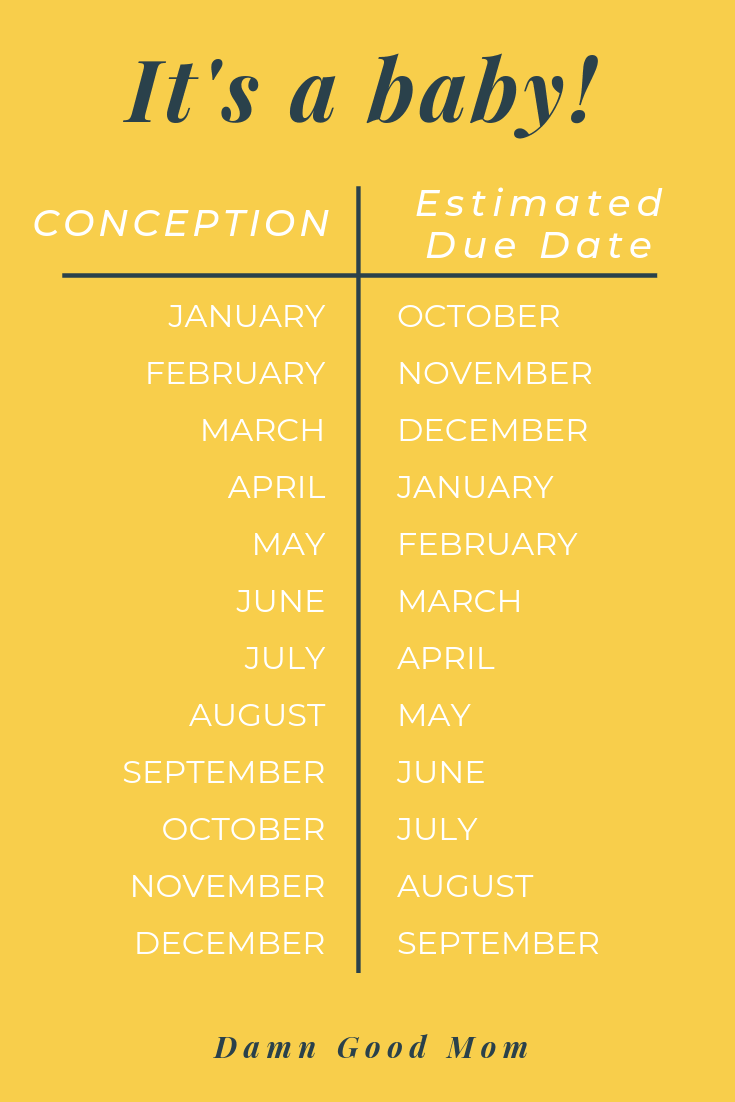
Understanding Your Pregnancy Paperwork: Key Dates Explained

When embarking on the beautiful journey of pregnancy, understanding your paperwork can feel overwhelming. Each piece of paper holds essential information to help navigate this period with ease. Here, we'll dive into the key dates to look out for, to help you stay informed and stress-free:
Your Pregnancy Timeline
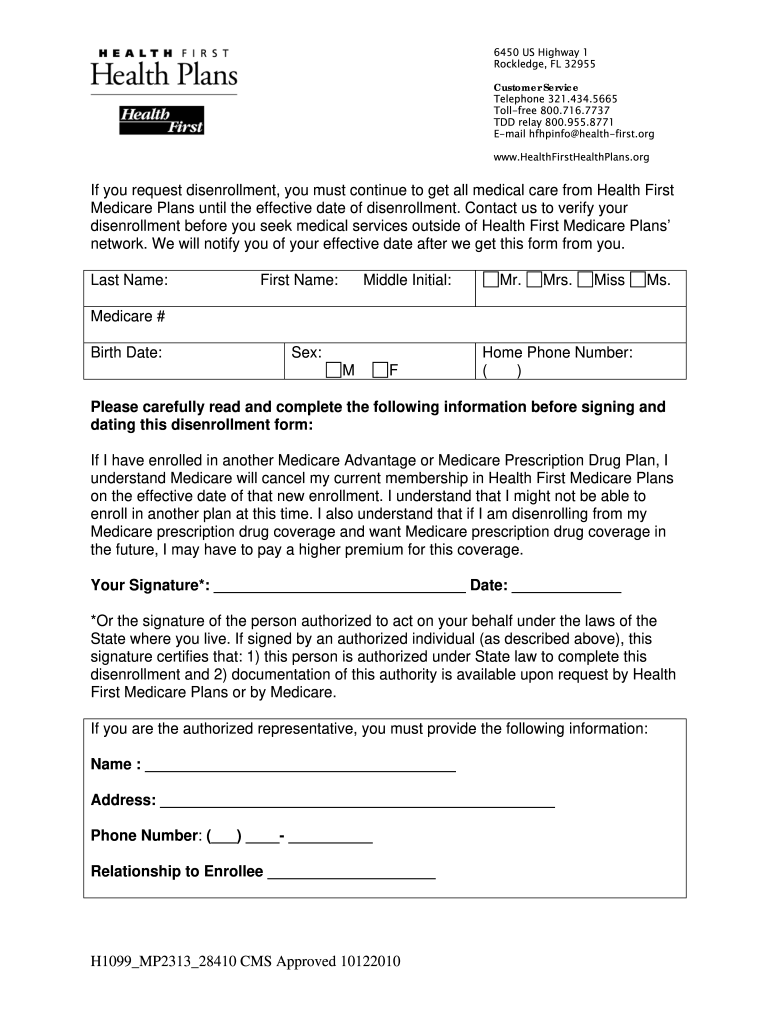
Pregnancy, from a clinical perspective, lasts about 40 weeks. Knowing when significant tests, scans, and appointments are scheduled can greatly enhance your prenatal care experience.
- Estimated Due Date (EDD): Also known as your Due Date, this is the guess when your baby might make their grand entrance. It's calculated based on the first day of your last menstrual period or your ovulation date if known.
- First Trimester:
- Prenatal Visit: Usually happens at about 8-12 weeks. Expect ultrasounds, blood tests, and medical history discussions.
- Second Trimester:
- Anatomy Scan: Around 20-22 weeks, this ultrasound provides a detailed look at your baby's development.
- Third Trimester:
- Group B Strep (GBS) Test: Between 35-37 weeks, this test checks for bacteria that could affect childbirth.
Key Documents and What They Entail

Throughout your pregnancy, you'll be introduced to various forms, reports, and lab results. Here's an overview:
| Document | Description |
|---|---|
| Prenatal Record | This tracks your medical history, current health status, and will note any complications or risks. It's a dynamic document, updated throughout your pregnancy. |
| Ultrasound Report | Contains information from each scan, detailing the growth, development, and health of the fetus. |
| Lab Results | Includes blood tests for various markers like blood group, anemia, infections, and genetic screenings. |
| Vaccination Records | Highlights necessary vaccinations for both the mother and baby, including prenatal flu shots. |

🗒️ Note: Ensure you keep all your documents in a safe, accessible place. You might need them during prenatal visits, delivery, or for insurance purposes.
Appointment Schedules
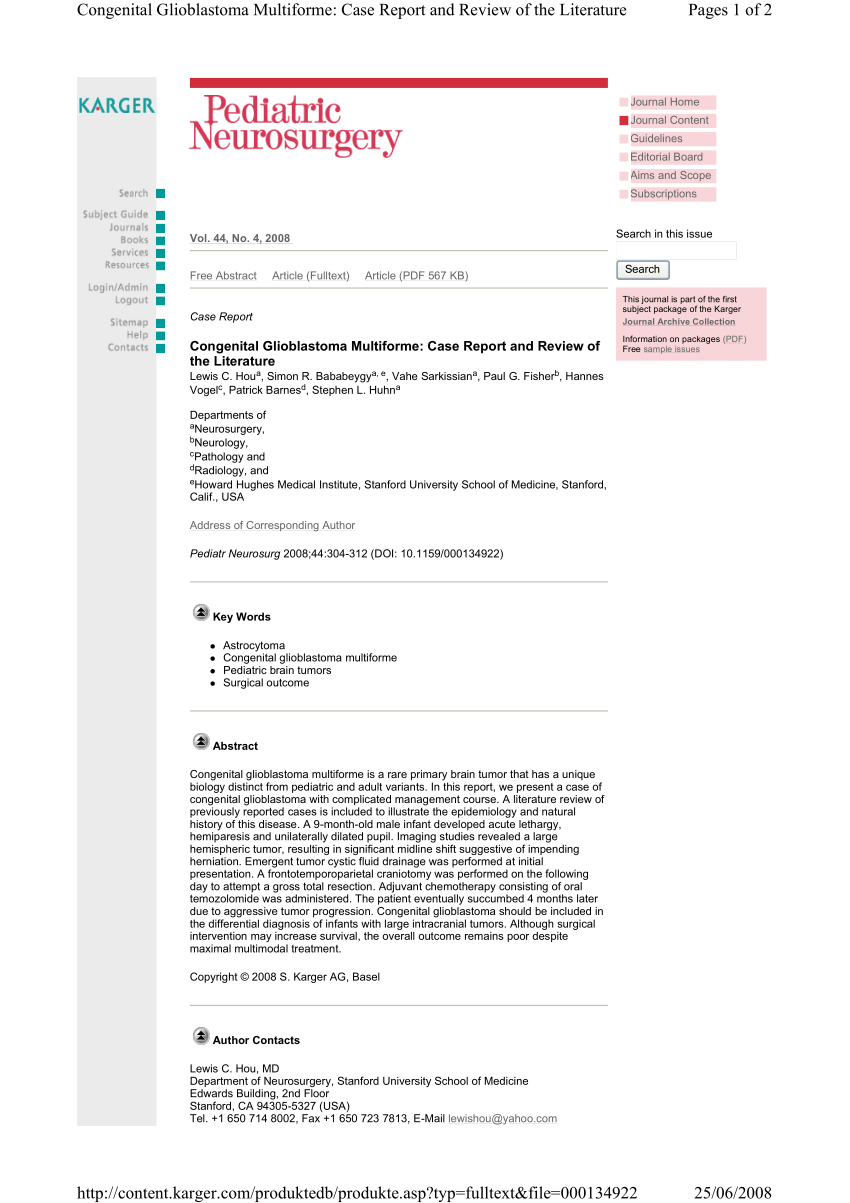
Your healthcare provider will plan regular appointments:
- First Trimester: Expect monthly visits, focusing on general health checks, ultrasound scans for gestational age, and blood tests.
- Second Trimester: Usually, you'll have an anatomy scan and some growth checks in addition to regular appointments.
- Third Trimester: The frequency increases to biweekly and then weekly as your due date approaches. These visits will monitor baby's movement, growth, and your health.
💡 Note: Your provider might adjust the schedule based on your medical history or any high-risk conditions.
Navigating Paperwork for Postpartum Care

After your baby arrives, paperwork continues:
- Postnatal Check-Up: Usually scheduled around 6 weeks after delivery, this visit assesses your recovery and the baby's health.
- Medical Leave and Maternity Documents: These outline your right to medical leave and provide necessary information for employer notification.
- Vaccinations: Keep track of your newborn's immunizations. This information is crucial for pediatric visits.
To summarize, understanding your pregnancy paperwork can transform this period from one of potential anxiety to one of preparedness and anticipation. Keep your due date, appointment schedules, and various documents well organized for seamless prenatal care. Remember, every piece of paper is there to ensure the best care for you and your baby.
What is the purpose of the GBS Test?

+
Group B Streptococcus (GBS) is a bacteria that can cause infections in newborns. The test is performed to check if you are a carrier, and if positive, you will be given antibiotics during labor to prevent passing it to your baby.
Why do I need to know my estimated due date?
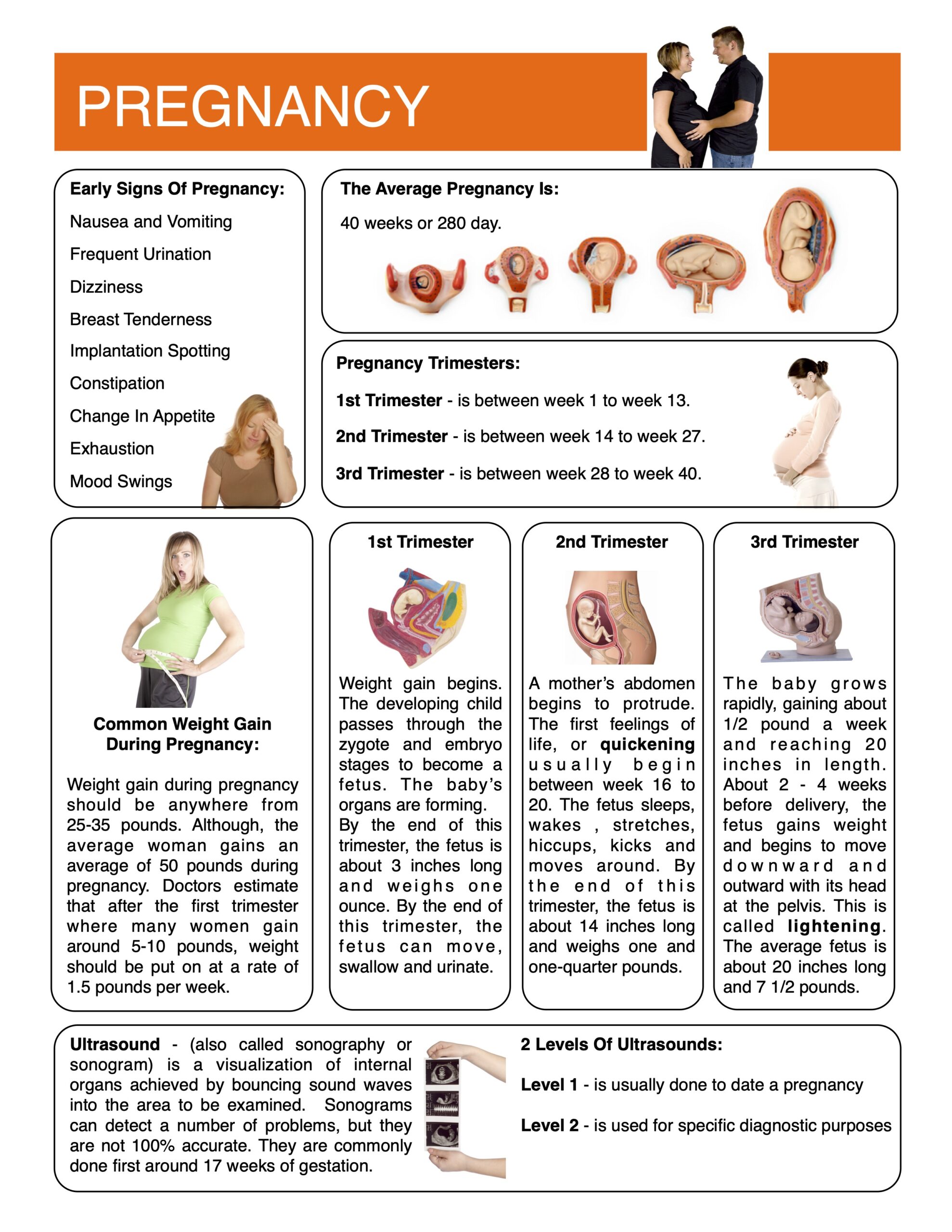
+
Your EDD helps your healthcare provider to plan your prenatal care schedule, assess fetal development, and prepare for delivery.
Can the paperwork change if I have a high-risk pregnancy?

+
Yes, with high-risk pregnancies, more frequent appointments, additional tests, and more detailed monitoring might be required. This can result in additional paperwork.
How do I ensure I have all the necessary paperwork for insurance claims?
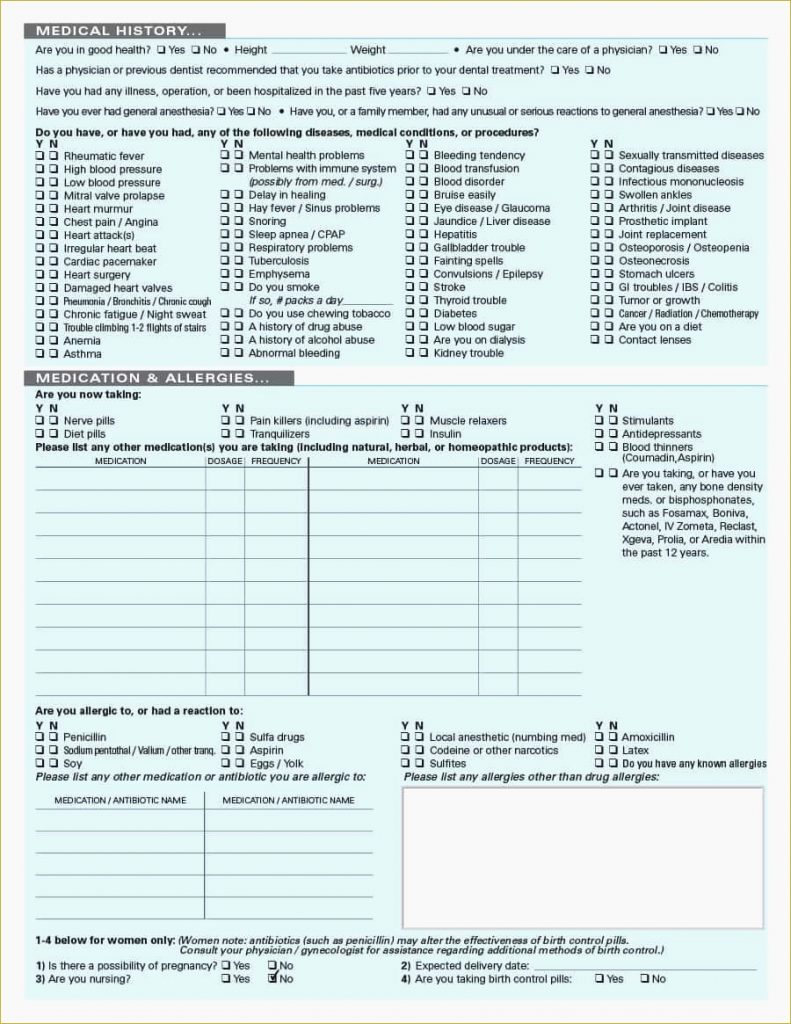
+
Keep your insurance forms, healthcare provider records, and medical bills in one place. Also, always confirm with your healthcare provider and insurance company about required documents for claims.
What if I miss an important date or appointment?

+
Contact your healthcare provider as soon as possible. They will reschedule or suggest next steps, ensuring you don’t fall behind in your prenatal care.